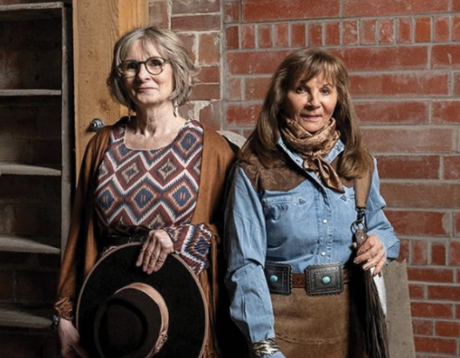Ottawa, Ont. March 26, 2015 — Equine Canada is working with the Canadian Food Inspection Agency (CFIA), Agriculture and Agri-Food Canada (AAFC) and other partner organizations to develop a farm-level biosecurity standard that will help protect Canada’s equine industry from animal diseases.
A national Equine Biosecurity Advisory Committee has been established to develop this voluntary standard that will provide a common approach to preventing and controlling disease in facilities where horses are housed and kept.
The equine biosecurity standard will:
- provide guidelines for effective biosecurity practices;
- promote a consistent approach to reducing the risks of established, emerging and foreign animal diseases;
- enhance equine health, welfare and productivity;
- minimize the frequency, scope and impact of disease outbreaks;
- increase industry’s knowledge of the risks associated with diseases; and
- identify potential gaps in current control measures.
Good biosecurity practices limit the exposure to animal diseases. These practices allow the routine movement, transport, and assembly of horses to continue, preserving the sustainability of the equine industry.
“The purpose of the standard is to assist all farms and facilities to develop a set of procedures that reduce the risk of disease transmission,” said Equine Canada Health & Welfare Committee co-chair, Dr. Mary Bell. “The goal of this standard is to improve and ensure the health of Canadian horses.”
Biosecurity standards take up to two years to develop through a formalized process and participation from a broad cross-section of stakeholders, including government, academic institutions, and industry organizations.
“Infectious diseases are a real risk in the equine industry that we cannot simply neglect or eliminate, however we can manage them,” said Dr. Daniel Schwartz, Veterinary Biosecurity Specialist with the Animal Health, Welfare and Biosecurity Division with the CFIA. “The biosecurity standard is a tool to assist horse owners and custodians in protecting horse health on farms and facilities by minimizing the risks of the transmission of infectious diseases. Horse owners and custodians, in consultation with their veterinarian, can use the biosecurity guidelines and best practices in the standard to develop a biosecurity plan to manage the risks on their farms and facilities.”
“Through the standard, we hope to ensure the health and welfare of Canadian horses and the success of Canada’s horse industry,” added Schwartz.
As part of a larger consultation process, the draft standard will be presented and circulated at the Equine Canada Annual Convention, March 25-29, 2015. To access the draft standard visit the CQHA website’s Public Policy page. All industry stakeholders are encouraged to review the draft and communicate their feedback by June 1, 2015, to Julie Cull (jcull@equinecanada.ca), Equine Canada’s Project Manager, Equine Development and Participation. The feedback provided will be reviewed by the Equine Biosecurity Advisory Committee to guide revisions to the draft biosecurity standard.
The biosecurity standard will complement existing equine farm-level biosecurity programs while reflecting the diversity within the equine industry. Canadian equine custodians and owners have a longstanding and successful practice of implementing biosecurity measures. A national standard will build on this knowledge and help share best practices across the country to strengthen the industry as a whole.
Funding to develop the standard has been provided under the Growing Forward 2 Agricultural Policy Framework.
Source: Jessie Christie, jchristie@equinecanada.ca















